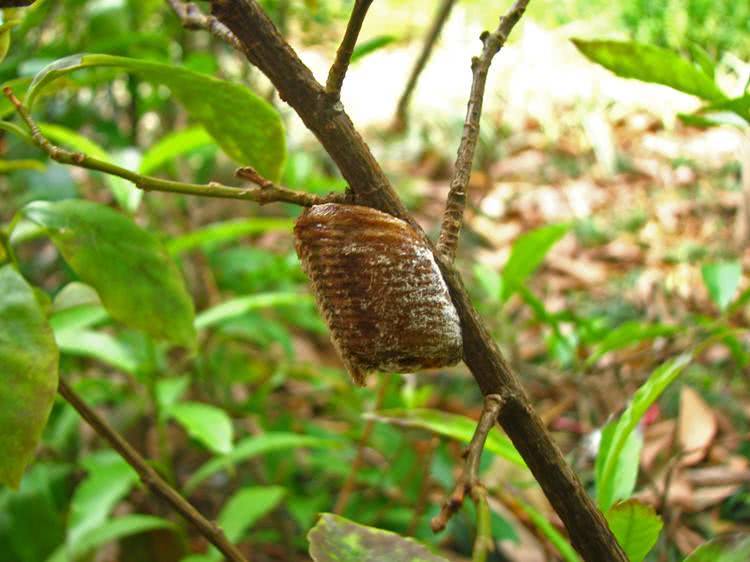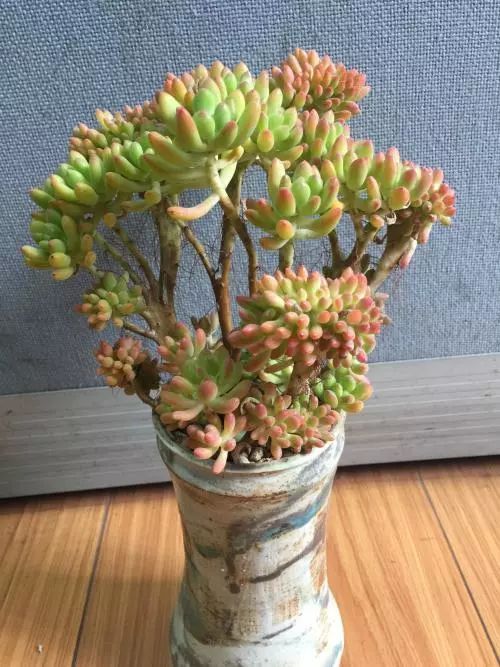Basic principles of pruning bonsai in summer

Pruning is a very important link in seedling cultivation and maintenance. According to the growth and dormancy period of seedlings, pruning can be divided into growing period pruning and dormant period pruning, also known as summer pruning and winter pruning. Winter pruning is from December to January of the following year, and summer pruning is from April to August of that year. Summer pruning is mostly carried out during the growing season or after flowering. Pruning, coring, leaf picking and withered branches, diseased branches and long branches should be carried out in time according to the growth of seedlings and cultivation requirements.
Summer pruning of garden seedlings is very important. Through the pruning in summer, the nutrients, water and hormones in the plant can be distributed reasonably, and the effect is faster than that in winter. At the same time, summer pruning can reasonably and timely transform or maintain the crown shape, adjust the crown branch density, improve ventilation and light transmission conditions, so as to improve the ornamental effect of garden trees and increase their flower and fruit quantity.
Basic principles of summer pruning
1. Maintaining the ventilation and light transmission of the crown is not only beneficial to the growth of the tree, but also can effectively reduce the occurrence of diseases and insect pests, so it is necessary to prune some overdense branches to keep the tree ventilated and transparent. In particular, flowering shrubs such as elm leaf plum and green peach should pay more attention to, and measures such as leafing can be taken if necessary.
two。 Choking green in time to prevent excessive growth of branches is beneficial to improve the Lignification degree of new branches and flower bud differentiation.
3. Some diseases and insect pests should be thinned or cut short in time to prevent the spread of diseases and insect pests.
4. Timely removal of sprouting, such as paulownia, bauhinia and other tree species is very easy to breed and sprout, timely removal of tillering can not only reduce the consumption of nutrition, but also prevent sprouting from disturbing the tree shape.
Basic requirements for pruning
1. The cut should be smooth and should not be split.
two。 The outer bud should be left when the branch is short, and the cut should be 1cm above the position of the remaining bud.
3. When pruning big branches and thick roots with a diameter of more than 2 ", the section must be flattened and coated with preservatives.
Different pruning requirements of different seedlings
1. Summer pruning is essential for newly transplanted trees. Newly transplanted trees, especially those transplanting in spring and passing through truncated and flat-headed trees, will grow a large number of new branches under the shearing mouth. When these branches grow to about 40 cm, the main branches should be selected and retained, and the branches should be left on one side. There is a gap between the top and bottom of the branches, there will be no jam phenomenon, and the rest of the branches can be removed.
two。 For the shaped seedlings, the branches that affect the shape of the tree should be removed or cut in time, such as lobular privet, big leaf boxwood, butt wax and Pinus tabulaeformis and so on. It is worth mentioning that many people think that summer is a prosperous period for trees, and some modelling seedlings can be pruned after autumn, but they do not realize that once styling seedlings grow crazily, it is very difficult to appear the best ornamental state only with temporary merit. Therefore, in the growing period of modelling seedlings, it is wise to prune the branches that affect the modelling at any time.
3. Flowering shrubs in summer should be pruned immediately in the later stage of flowering, such as honeysuckle, honeysuckle, pearl plum, hibiscus, etc., to prevent the fruit from consuming nutrients.
4. For multiple flowering shrubs such as rose and crape myrtle, the residual flowers should be cut off at any time to form the top flower bud, blossom early, blossom more, and shorten the flowering interval.
5. For some ornamental fruit tree species, fruit thinning should be carried out reasonably to make the retained fruit have a higher ornamental effect.
Pruning methods of different seedlings
01 Arbor class
1. The tall deciduous trees with obvious trunk should keep their original shape and thinning branches properly, and the retained main and lateral branches should be cut short on robust buds, and the branches can be cut off.
2. Deciduous trees with no obvious trunk and dense branches can keep the original tree shape when the trunk diameter is above 10cm, while for seedlings with a trunk diameter of 5 to 10 feet, several side branches can be left on the trunk to keep the original tree shape short.
3. Evergreen trees with dense branches and a round crown can sparse branches appropriately. The seedlings at the top of the trunk are not pruned. When evergreen trees with whorled lateral branches are used as street trees, the basal 2-3 layers of whorled lateral branches can be cut off.
4. Evergreen conifers should not be pruned, but only cut off disease and insect branches, dead branches, weak growing branches, overdense whorled branches and drooping branches.
5. For the trees used as street trees, the fixed stem height should be more than 3m, all the branches below the first branch should be cut off, the branches above the branch point should be thinned or truncated as appropriate, and the crown prototype should be maintained.
6. The crown of precious tree species should be thinned in a small amount.
02 shrubs and vines
1. Flowering shrubs with soil balls or humid areas with bare roots and flower bud differentiation last year should not be pruned, but should be cut off when there are withered branches, disease and insect branches.
two。 A large shrub with dense branches that can be thinned properly.
3. For grafted shrubs, the sprouting branches of rootstocks below the interface should be cut off.
4. Small shrubs with obvious branches and new branches bearing flower buds should be cut with appropriate strong pruning to promote the growth of new branches and renew old ones.
5. The trees and shrubs used as hedges can be shaped and pruned according to the design requirements after planting. Hedges cultivated in nurseries should be renovated after planting.
6. Climbing and vine seedlings can cut off the excessive part, climbing upper shelf seedlings can cut off staggered branches and lateral growth branches.
Wonderful content
- Prev

If you see it on a mulberry tree, don't miss it. Commonly known as a pee dog, it's worth a lot of money now.
When it comes to this folk "local method" to treat diseases, they are all strange, but they do not take it. Some folk prescriptions are really the right remedy to the case, but the raw materials are more exotic, especially for children growing up in rural areas.
- Next

Eight thousand generations of meat
Eight thousand generations are perennial succulent plants of Sedum family. It originated in Mexico, like warm, dry and sunny environment, not cold-resistant, afraid of wet water. Perennial succulent plant, plant shows small shrub shape, tall 20-30 centimeters, many minutes.
Related
- Wuhan Hospital Iron Tree Blooming Result Was Instantly Frightened by the Gardener Master
- Which variety of camellia is the most fragrant and best? Which one do you like best?
- What is the small blue coat, the breeding methods and matters needing attention of the succulent plant
- Dormancy time and maintenance management of succulent plants during dormancy
- Minas succulent how to raise, Minas succulent plant pictures
- What are the varieties of winter succulent plants
- How to raise succulent plants in twelve rolls? let's take a look at some experience of breeding twelve rolls.
- Attention should be paid to water control for succulent plants during dormant period (winter and summer)
- Watering experience of twelve rolls of succulent plants
- Techniques for fertilizing succulent plants. An article will let you know how to fertilize succulent plants.

